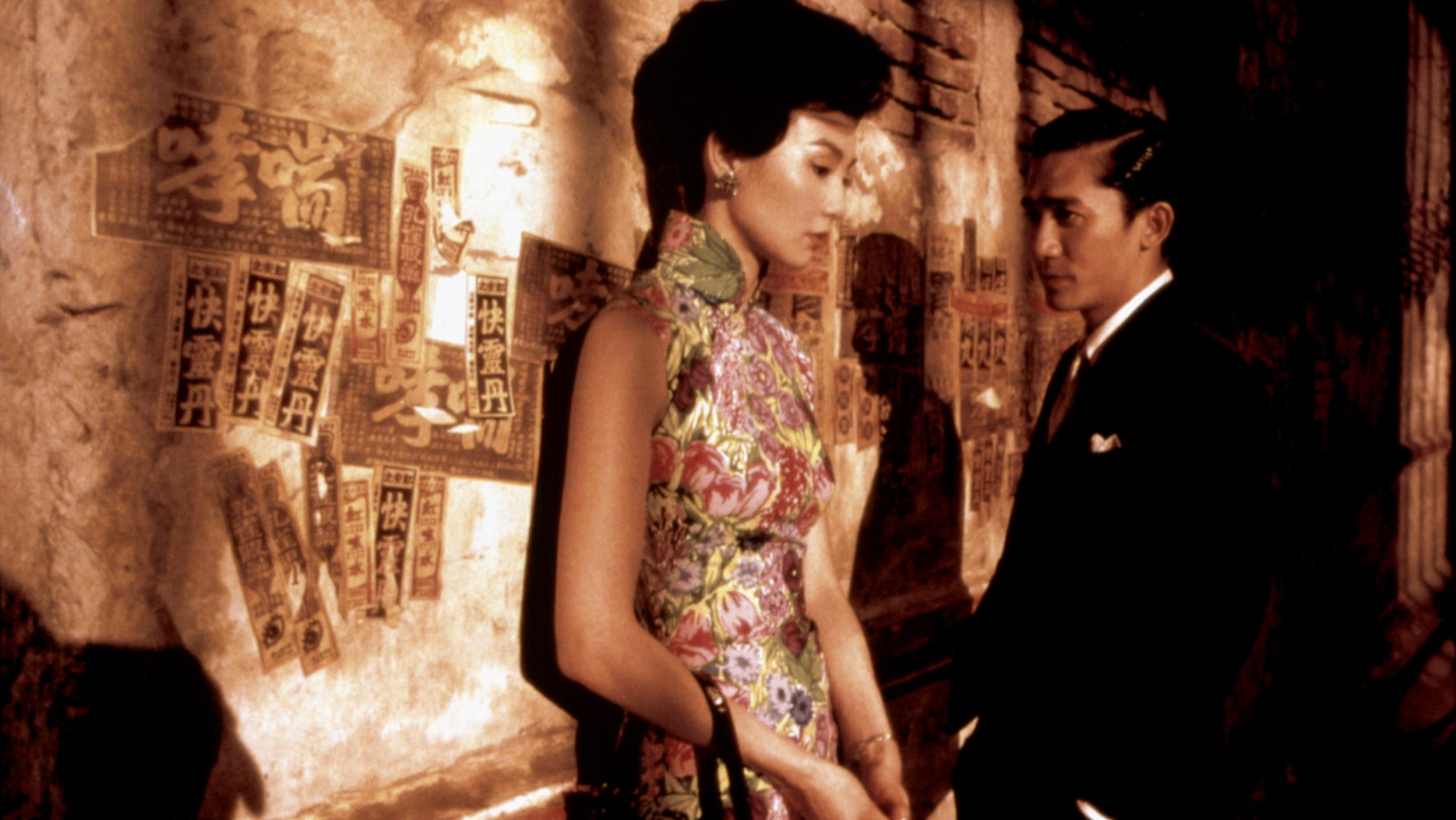New York City is home to the oldest functioning traffic lights in the United States, dating back nearly a century. These historic signals, known as dummy lights, continue to operate at certain intersections, prompting confusion and concern among drivers familiar with modern traffic control systems.
Evolution of Traffic Control in the U.S.
The concept of traffic lights has evolved significantly since the early 20th century. Before the advent of electric traffic signals, police officers managed traffic at intersections. As traffic volumes increased, this method became impractical, leading to the installation of the first electric traffic light in 1912. Initially, this system featured only red and green lights, with the addition of an amber light in the 1920s, creating the three-color system used today.
These early traffic signals, referred to as dummy lights, were designed to replace human traffic controllers. Over the decades, cities across the country transitioned to more modern traffic management technologies, but some areas in New York still retain these historical models. The presence of dummy lights raises safety concerns, as their outdated design can confuse drivers who are accustomed to contemporary traffic signals.
Preservation Efforts and Safety Concerns
Despite the potential safety risks, local communities are advocating for the preservation of these historic traffic lights. In towns such as Beacon and Croton-on-Hudson, residents cherish these relics as symbols of their historical identity. Even in Canajoharie, where old traffic lights were removed due to safety issues, efforts were made to reinstall them in May 2023 following community pushback.
The confusion caused by these outdated traffic signals is significant. Many drivers do not expect to encounter such relics, which can lead to unexpected situations on the road. The visibility of these lights is also a concern; they are often positioned lower than modern signals and may not stand out as clearly against the backdrop of today’s urban landscapes.
In response to safety issues, authorities have implemented measures to enhance the visibility of these historic lights. This includes applying reflective paint, raising their bases, and installing warning signs to alert drivers of their presence. While the color coding of the dummy lights generally aligns with modern systems, the unique design can still lead to confusion, particularly for those unfamiliar with their operation.
As discussions continue about the balance between preserving history and ensuring road safety, it is evident that these nearly century-old traffic lights are more than just relics—they are a reflection of the evolving nature of traffic management in the United States.







